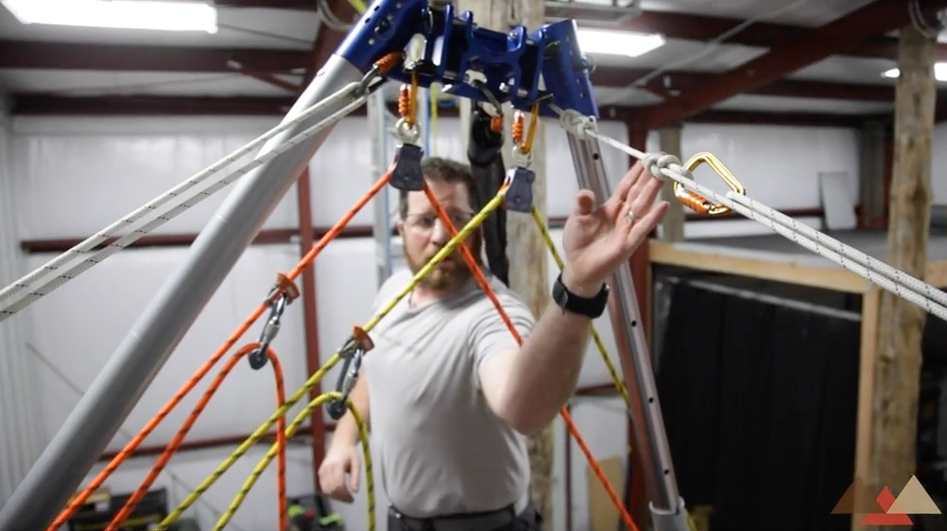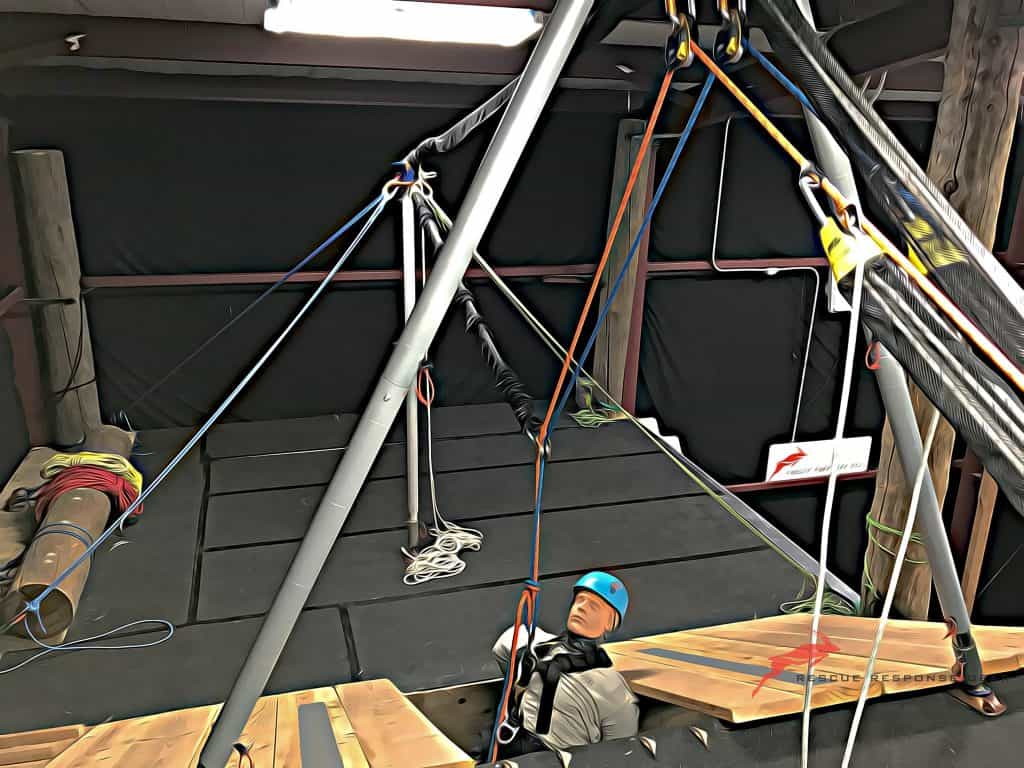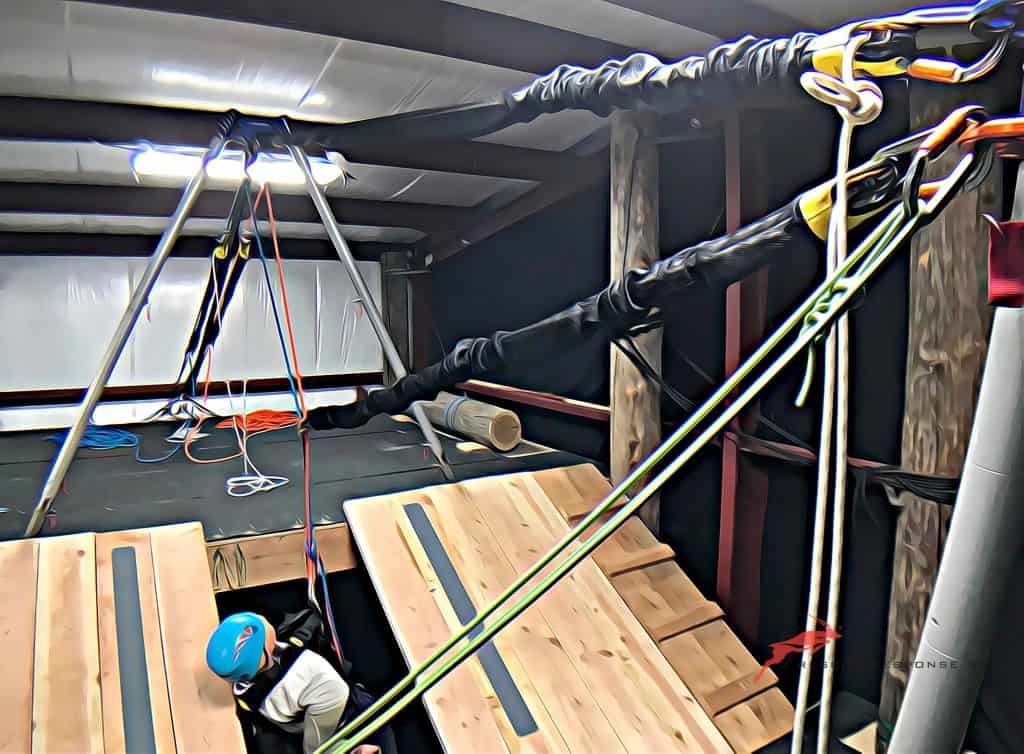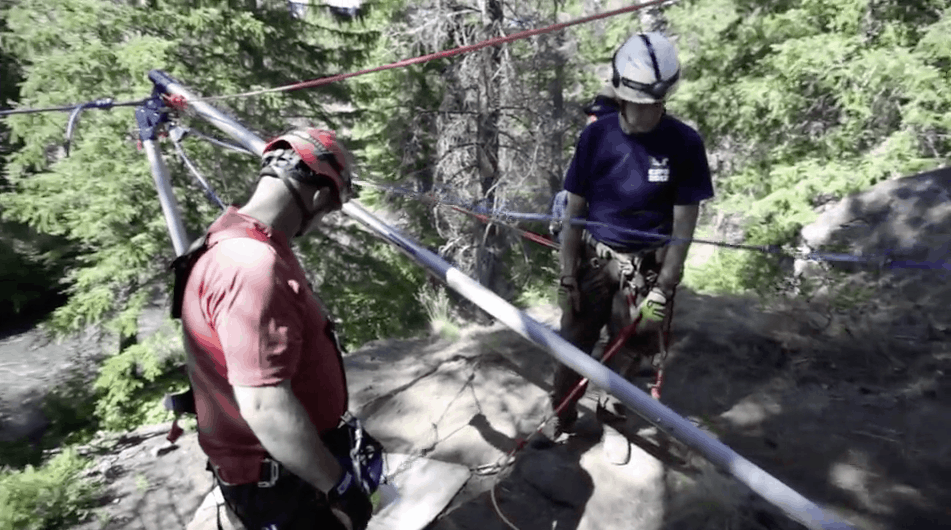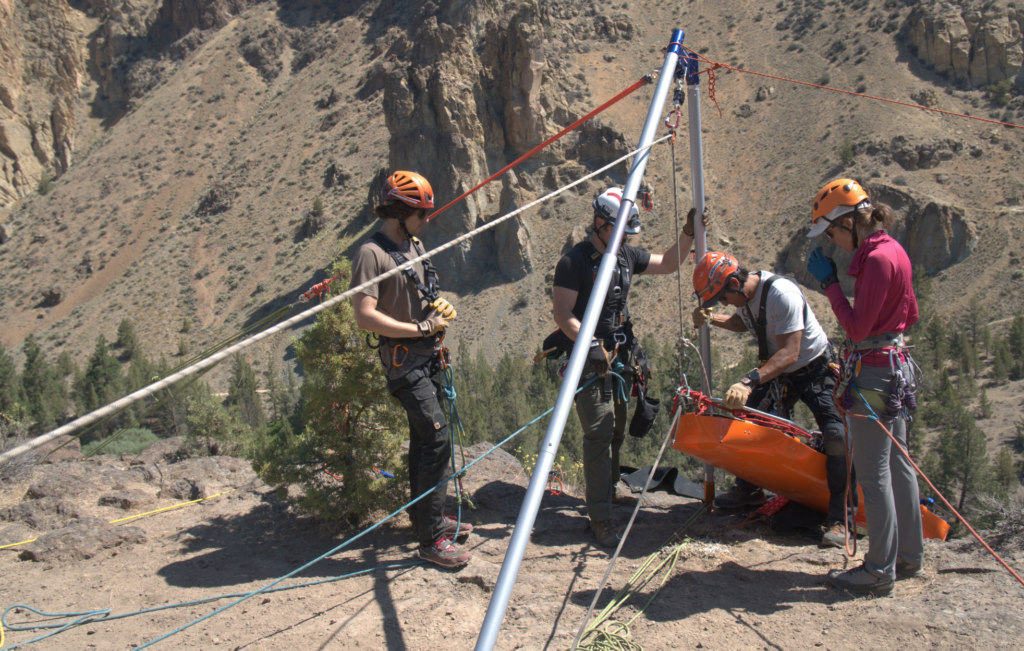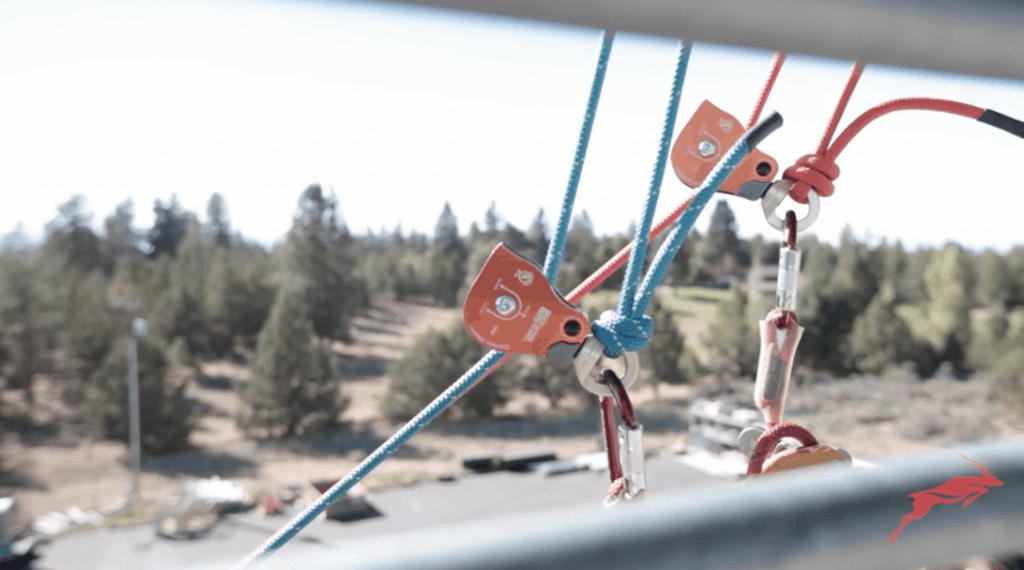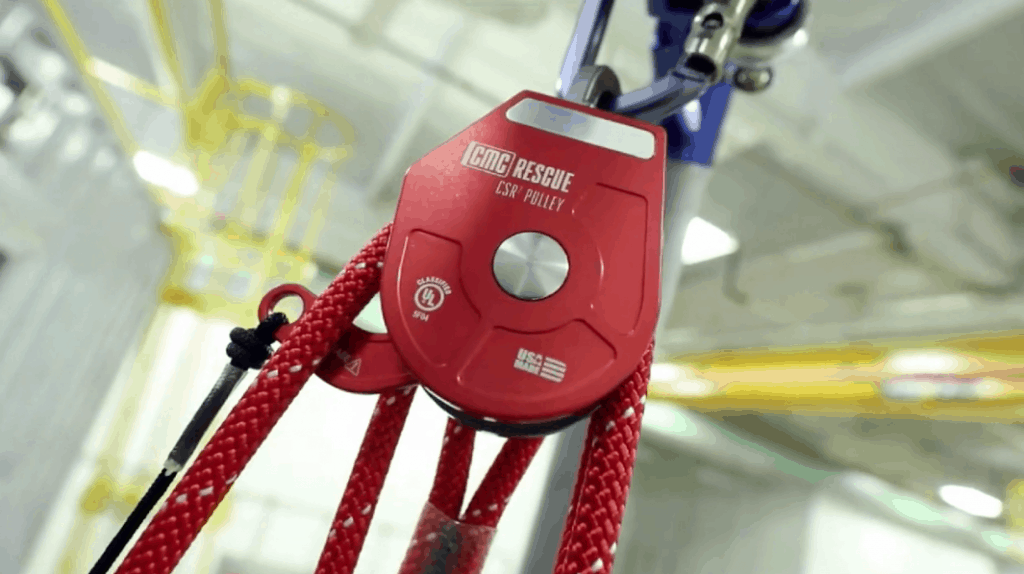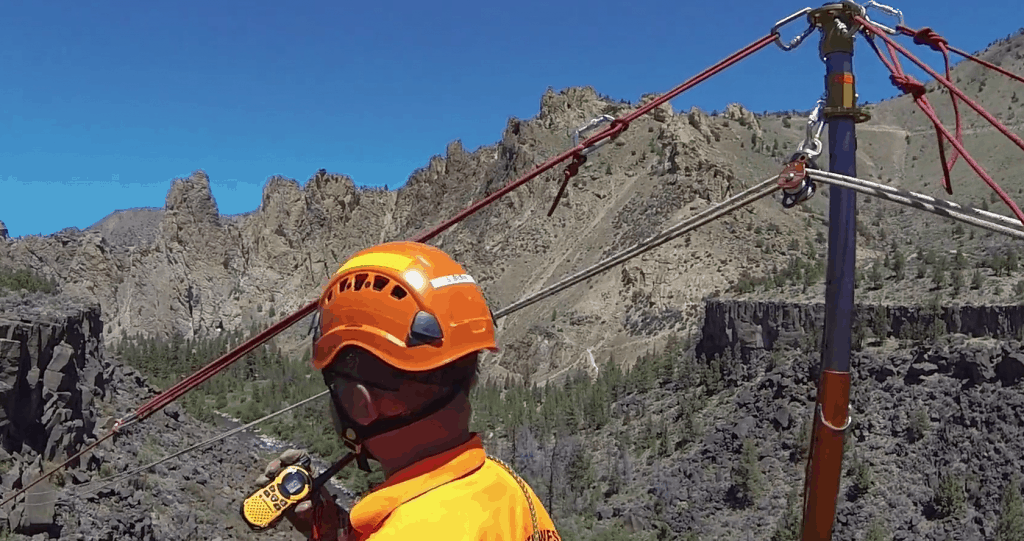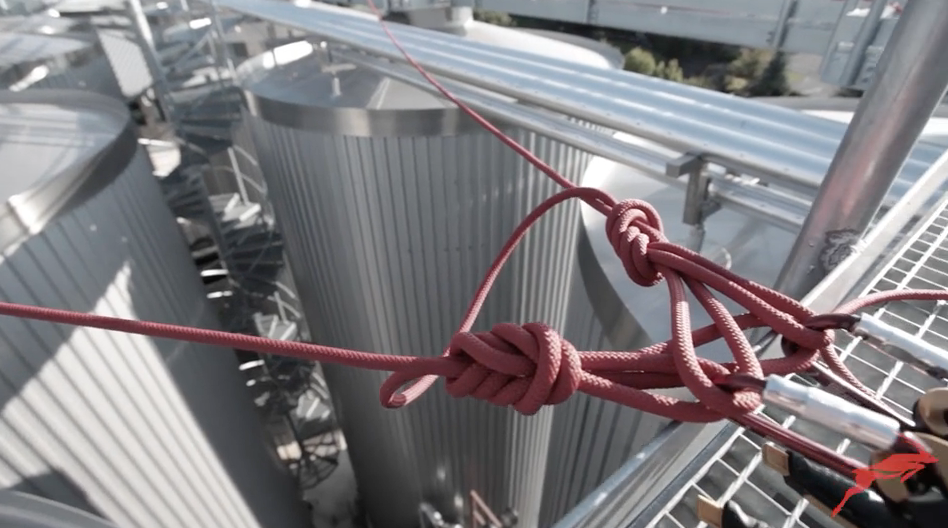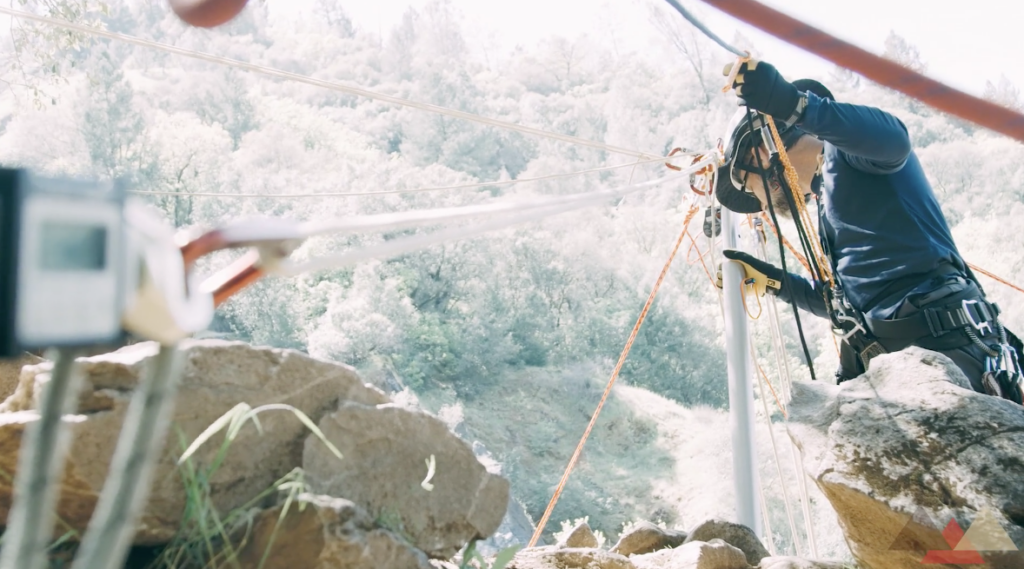Understanding High Directional Systems
Understanding High Directional Systems Fundamental Concepts of Resultant Vector Understanding High Directional Systems – The resultant vector is a cornerstone concept in high directional setups, representing the combined force acting within the system. This vector encapsulates both the magnitude and direction of the forces at play, which is crucial for maintaining system stability and effectiveness. […]
Understanding High Directional Systems Read More »

